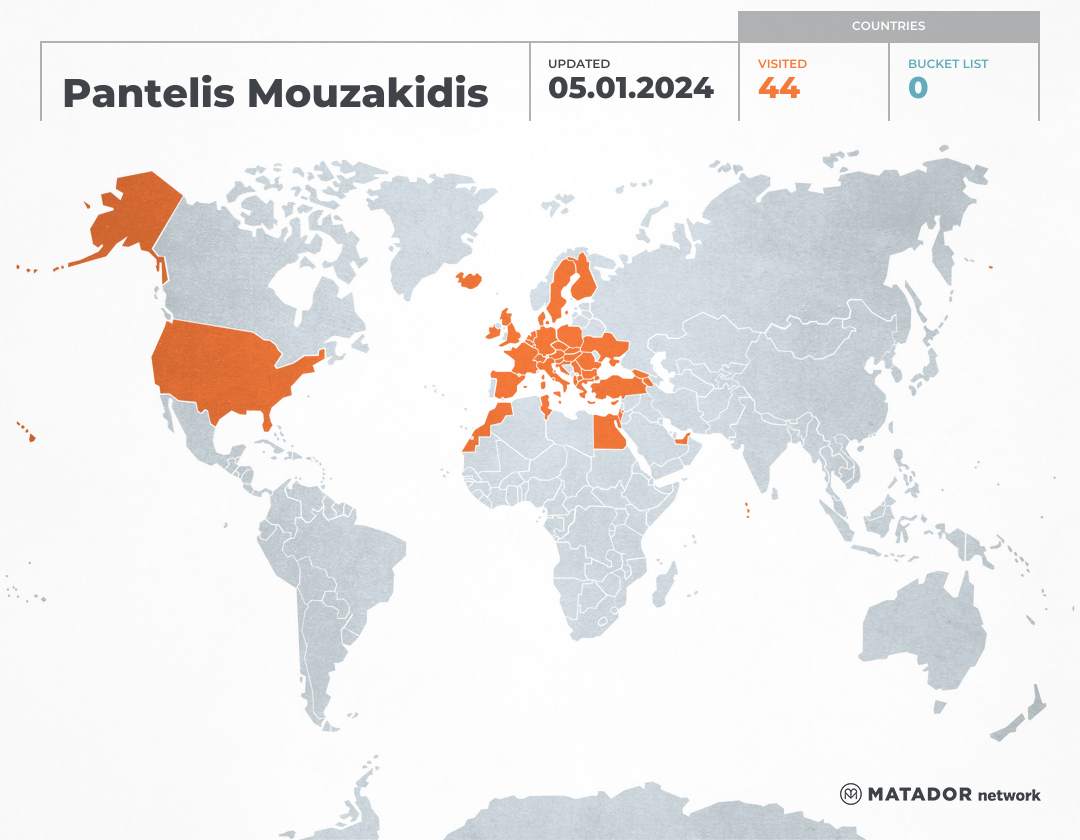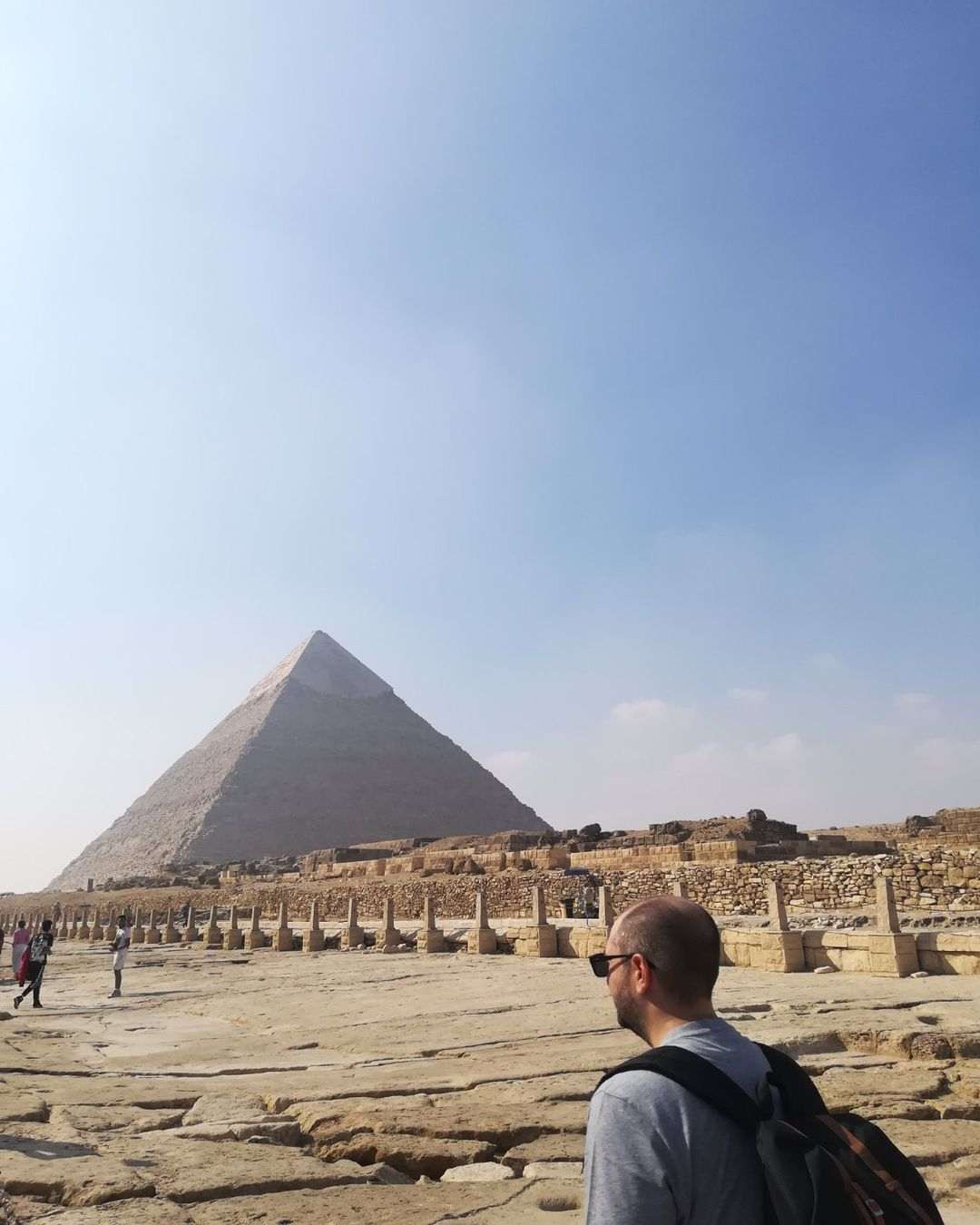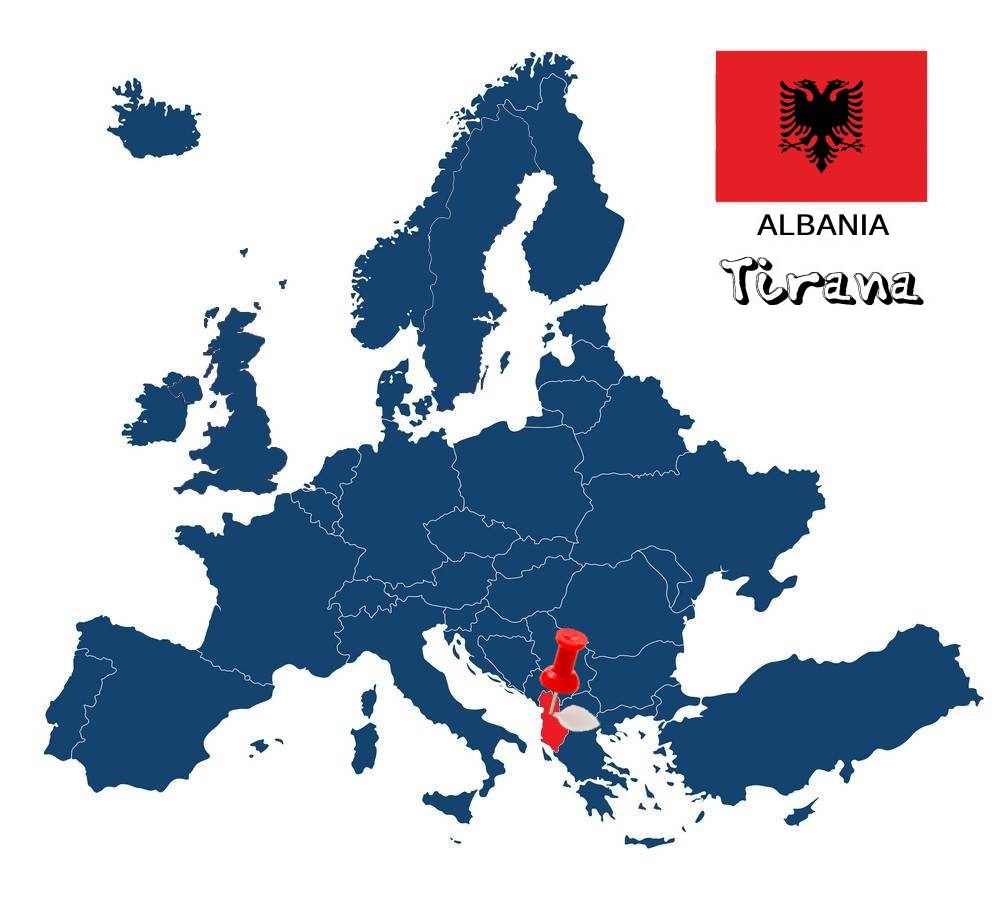
The visit to Tirana and Albania in general, was very rare to non-existent, I would say by the Greeks. In recent years, however, more and more have started to discover the beauties of the Albanian capital.
A few words about the city
Tirana is the capital and largest city of Albania, with a population of 557,442 inhabitants. The average elevation of the town is 110 meters, and it is mostly surrounded by hills, with Mount Doughty to the East and a valley opening faintly to the northwest. The city probably took its name from the Albanian words të rrëna, meaning fallen, referring to the landslides from the Dajti mountain at the foot of which the capital is built. The Tirana River passes through the city, as well as the smaller Lana River, while the town also has four artificial lakes! Plus Tirana has many public institutions, public and private universities, and is the center of the country's political, economic and cultural life. So I have chosen for you what I think is worthy of consideration for someone visiting the country for the first time.
Sheshi Skënderbej
Skënderbej Square (Sheshi Skënderbej) is the most central and largest square in the Albanian capital. It was named after the Albanian national hero George Kastriotis (Skënderbej), who had the nickname the "Prince of Epirus". In fact, on one side of the square, there is an imposing statue of him, which presents him on horseback in a state of battle. The first square at this point was built in 1917 by the Austrians, while at the time of the Albanian monarchy from 1928 to 1939, the square consisted of a roundabout with a fountain in the center. Today it has a total area of about 40,000 square meters and is surrounded by several important state buildings. Some of them are the National Historical Museum (Muzeu Historik Kombëtar), the Opera building (Teatri I Operas dhe Baletit), the National Library (Biblioteka Kombëtare e Shqipërisë), the Town Hall (Bashkia Tiranë), the Haxhi Et'hem Bey Mosque (Xhamia ET'hem Bej), the Clock Tower (Kulla e Sahatit) and many others. Finally, from Skënderbej Square begins the main street of the city, the avenue of National Martyrs, where one can admire the most beautiful buildings of the country, such as the Parliament (Kuvendi I Shqipërisë), the Academy of Arts (Universiteti I Arteve), the Polytechnic (Universiteti Politeknik i Tiranës) and many more.
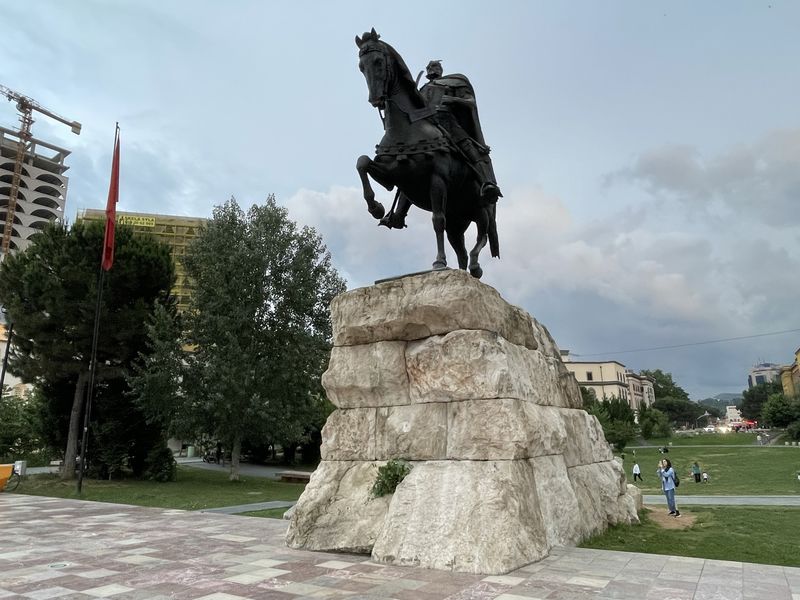
Kulla e Sahatit të Tiranës
One of the most photographed sights of the city, especially when illuminated at night, is undoubtedly the Clock Tower (Kulla e Sahatit të Tiranës). It dates from 1822 and was constructed by the court poet Haxhi ET'hem Bey. It is 35 meters high and even when it was erected it was the tallest building in the city, while its floor plan is square and its walls at the bottom are stone and thick. One of the curious features of the tower is its clock, which has been altered and changed several times over the years. The original design was Viennese, but was replaced by a German-style clock that was in turn destroyed in World War II. Then there was one with Roman numerals that fell in the 70s, whereas what we see today is Chinese-style. Entrance to the clock tower is free, but you have to climb about ninety steps on a narrow spiral staircase, but believe me the view will compensate you.
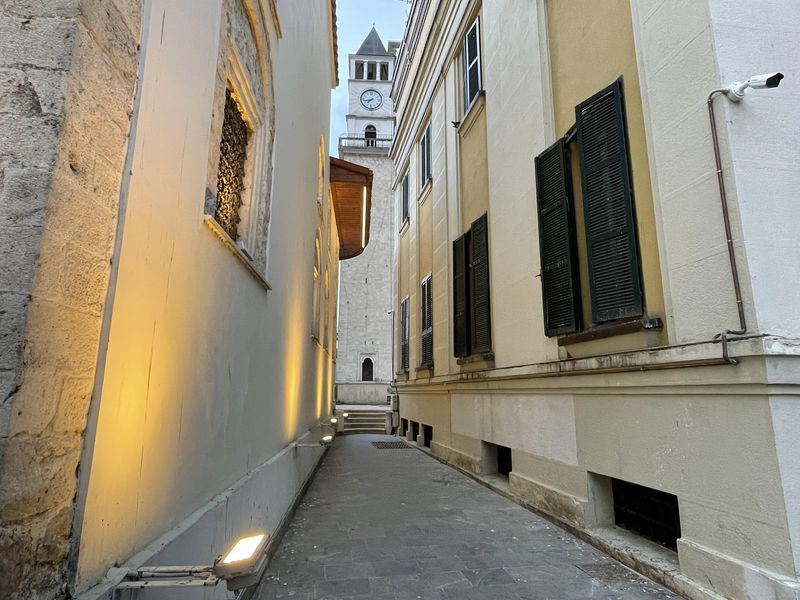
Xhamia Et'hem Bej
On one side of Skënderbej Square stands the Mosque of Ethem Bey (Xhamia ET'hem Bej). It was founded in the late 18th century (1789-1823) by Mullah Bey, while the shrine was completed by his son Ethem Bey in the first quarter of the following century. This mosque is one of the few that escaped destruction during the atheism campaign of the late 1960s, due to its status as a cultural monument. Unfortunately, however, other churches, mosques, temples, monasteries and other religious institutions did not have the same fate. These were either closed or torn down, or converted into warehouses, gyms or workshops by the end of 1967. Today, visitors can see the magnificent architecture of the mosque and exquisite decorations with murals and ceilings from Oriental traditions. In fact, the murals of the mosque depict trees, waterfalls and bridges, paintings of still lifes that are a rare phenomenon in Islamic art. The temple was renovated in 2019 and was only completed in April 2021. Admission is of course free.
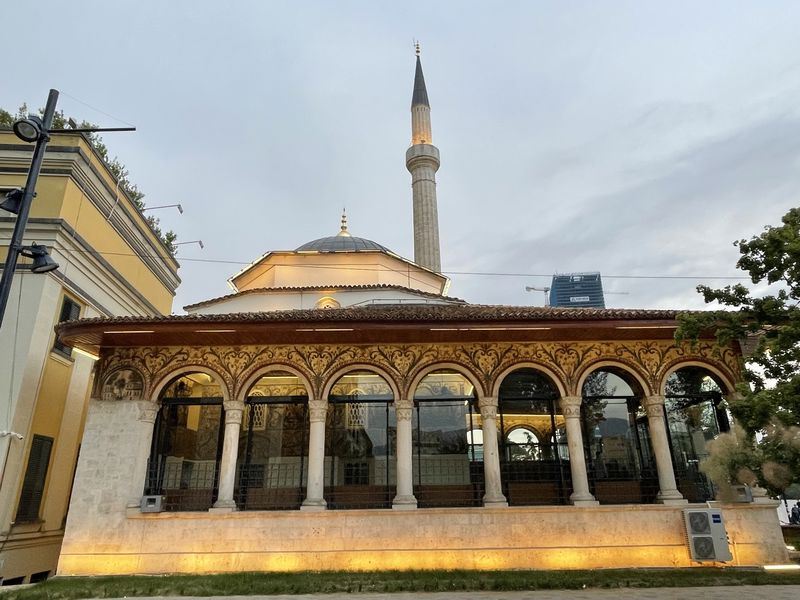
Katedralja Ortodokse 'Ngjallja e Krishtit'
One of the things that will impress you in Tirana and Albania in general, is the fact that there is a plethora of religious buildings within the city. Where you will see a mosque, opposite may be a church and a few meters further a synagogue. So a few meters from the Mosque of Ethem Bey, you will find the Cathedral of the Resurrection of Christ (Katedralja Ortodokse 'Ngjallja e Krishtit'). It is the third largest Orthodox Church in Europe, which officially opened on June 24, 2012, to celebrate the 20th anniversary of the revival of the Albanian Orthodox Church. The cathedral complex includes besides the cathedral, the chapel of the Nativity, the bell tower, the residence of the Holy Synod, the cultural center, a library, two other chapels and a small museum. What will impress you the most is the dome of the church, which is 32.2 meters high and the wonderful fresco of Jesus Christ. Equally impressive is the bell tower, which reaches 46 meters! Entrance to the temple is, of course, free.
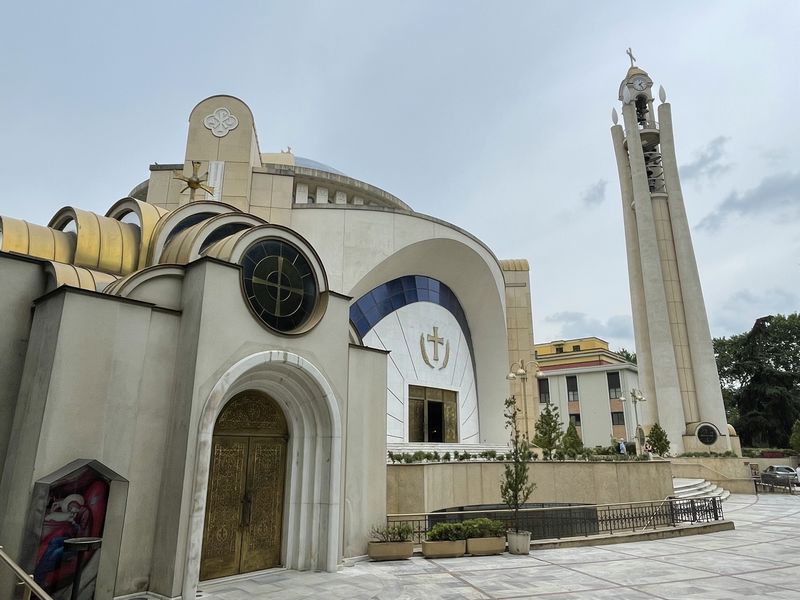
Piramida
Yes, you read that right; Tirana also has its Pyramid (Piramida). It is an impressive building in the center of the city, in the shape of a pyramid, designed by Enver Hoxha's daughter and son-in-law and completed in 1988. Originally opened as a museum, in 1991 after the collapse of communism it was converted into a conference centre, while during the Kosovo war in 1999 it was used as a NATO base! Afterwards, the building was neglected, causing it to become full of graffiti and look like a ruin. In 2018, however, the renovation of the structure began, which was transformed into a youth IT Center for Creative Technologies with a focus on computer programming, robotics and start-ups under the name TUMO Center Tirana. From May 2023 the Pyramid opened its gates to the public, and even if you do not enter inside, it is worth climbing to the top to gaze at the panoramic view of the city from above.
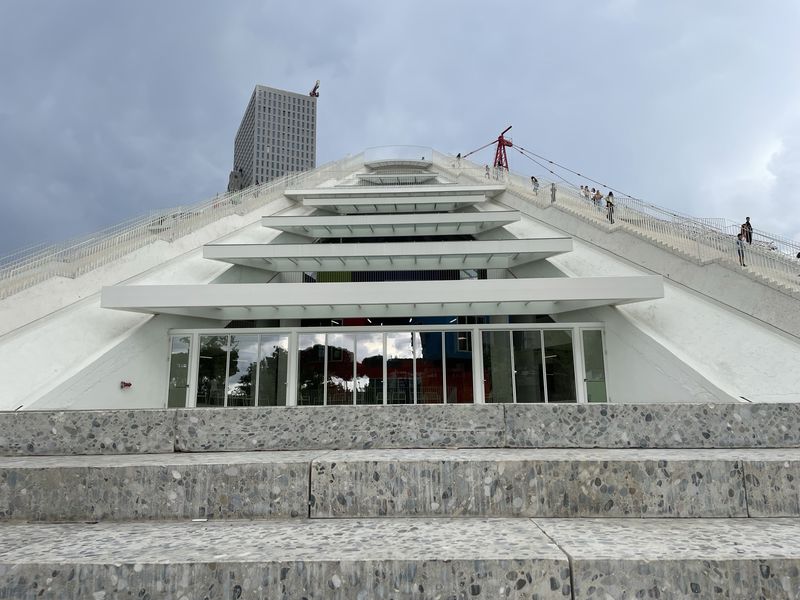
Kalaja e Tiranës
The Fortress of Justinian (Kalaja e Justinianit) or as it is popularly known, Castle of Tirana (Kalaja e Tiranës) is located in the most central part of the city. Its history begins in 1300 AD, when it began to be built as part of the Byzantine fortification of the city. Today what remains of the fortress, above ground, is a 6 meter high wall, a remnant of the Ottoman period, covered with vegetation. What makes this particular castle unique is the fact that it is still in use today! No, it does not host a museum, but within its walls various shops with local products and dozens of restaurants with international and Albanian cuisine have emerged. So, being in the city, it is worth passing by even for a walk.
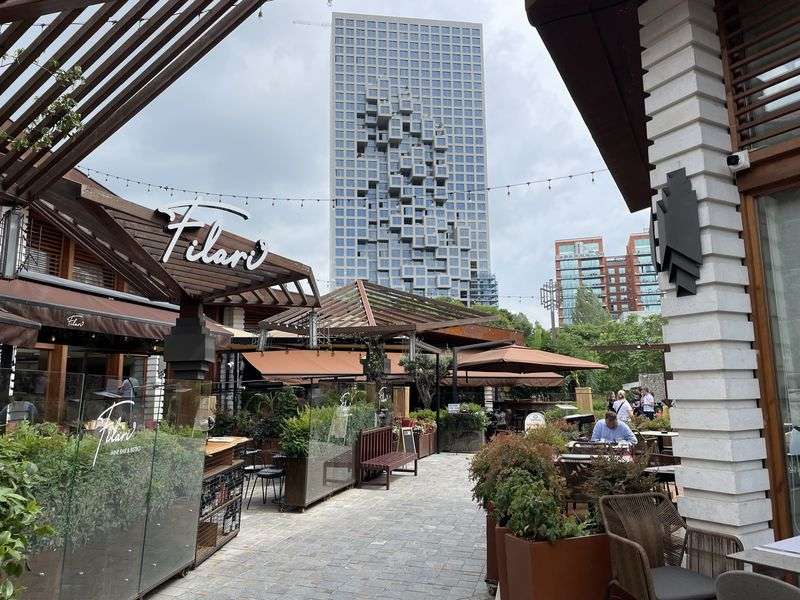
Ura e Tabakëve
One of the oldest attractions of Tirana is the Bridge of Tanners (Ura e Tabakëve). It is a stone bridge from the 18th century, located near the Tanners' Mosque and connected the two sides of the Lanë stream. It is eight meters long, three and a half high and two and a half meters wide, and is now considered a Cultural Monument of the country. After the 1930s and the diversion of Lana, it was abandoned, but was restored in 1990 and is now used exclusively by pedestrians. The truth is it seems a bit out of place with the modern air of the city, but it gives a dose of retro that will excite you.
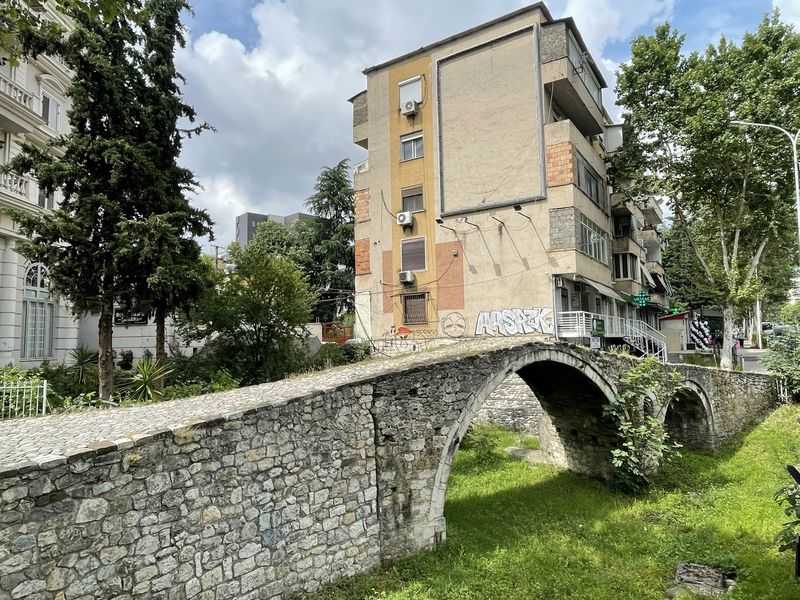
Parku i Madh "Kodrat e Liqenit"
Tirana is generally a green city, filled with Parks and trees in every corner. The big park (Parku i Madh "Kodrat e Liqenit") though is what steals the show. A hallmark of the park is, of course, its technical lake, which is now home to many species of birds and fish. When you are there, you will see many people joking, picnicking, children playing and cycling and young people drinking under the tall trees. In the large park there is another amphitheatre, where cultural events take place during the summer months, while you will also find a church and various restaurants specializing in Albanian cuisine. In short, it is an oasis of green in the city center, chosen by both locals and tourists to escape the rhythms of the Albanian capital.
Bunk'Art - Bunk'Art 2
In Tirana, an effort has been made and continues to be made to preserve and highlight the history of the city. So some of the underground shelters of the Cold War have been turned into museums and art spaces. The first of these, Bunk'Art, is located on the outskirts of the city and is considered perhaps the greatest and most exciting attraction of Tirana. The shelter was constructed for Albania's political elite in the 1970s and remained a secret for much of its existence. It covers an area of almost 3000 square meters of underground space on several floors and today houses exhibits that combine the modern history of Albania with pieces of contemporary art.
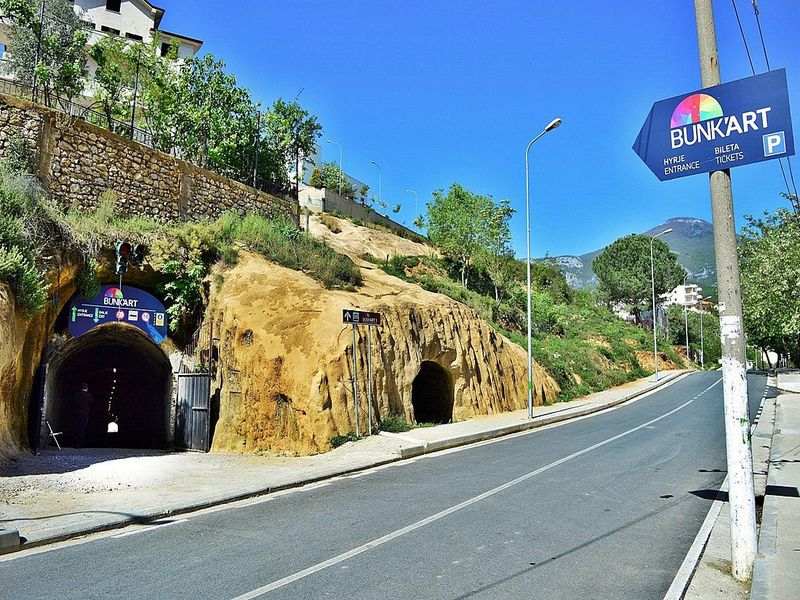
The little brother of the first shelter, Bunk'Art 2, is located in the city center and, of course, is more easily accessible. It is under the Ministry of the Interior and focuses on the role of the police and security services in Albania in the turbulent 20th century. It is worth noting that some of the exhibits are dark and deeply disturbing and not suitable for children! Entrance to both shelters costs 500 lek, which is about 5e.
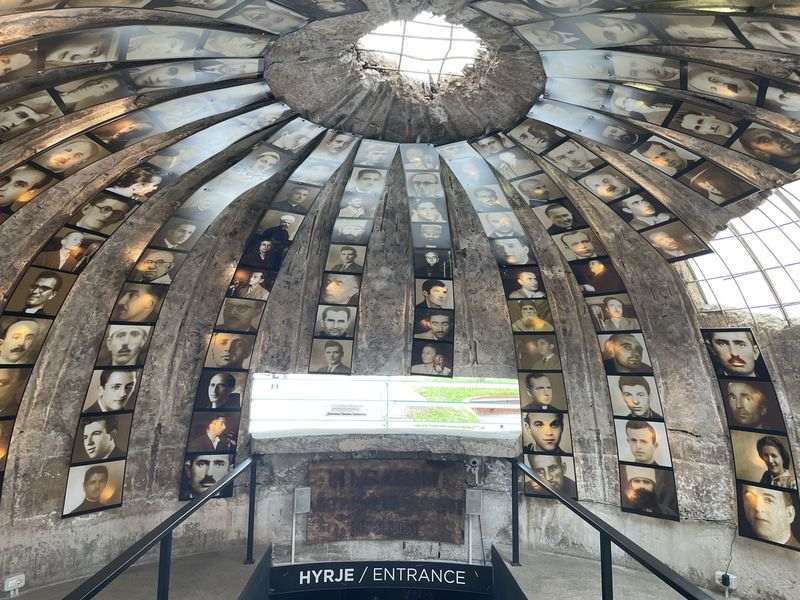
The museums
In Tirana there are many museums and art spaces that deserve your attention, but two are the ones that stand out. The first one I recommend visiting is the National Historical Museum (Muzeu Historik Kombëtar), which is located in the main square and has been operating since 1981. It is the largest museum in the country and contains many of the country's archaeological treasures. A hallmark of the museum is a replica of Skanderbeg's huge sword (how he held it, rode his horse and fought at the same time remains a mystery). In the museum you will also find a plethora of exhibits from ancient Illyria to the post-communist era, such as statues, mosaics, columns and much more. Admission costs 500 Lek, which is about 5e.
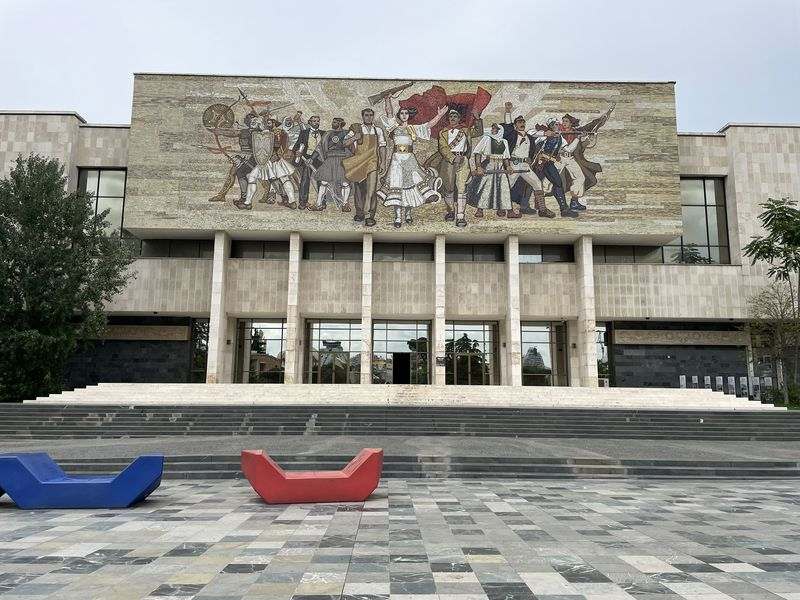
The other museum worth visiting is the House of Leaves. It is a building from the 1930s, which functioned as a maternity hospital, but was later converted into an interrogation and surveillance center. Oxymoron when you consider that it was originally built to bring life into the world and ended up as a place where life was taken away. The "torture house", as it was known, today functions as a museum dedicated to surveillance and interrogation in Albania and is covered with leaves (hence its new name). There you will find many special surveillance items and several graphic clues about what happened to those considered enemies of the regime, many of which are considered unsuitable for children. The entrance costs 700 lek, which is about 7e.
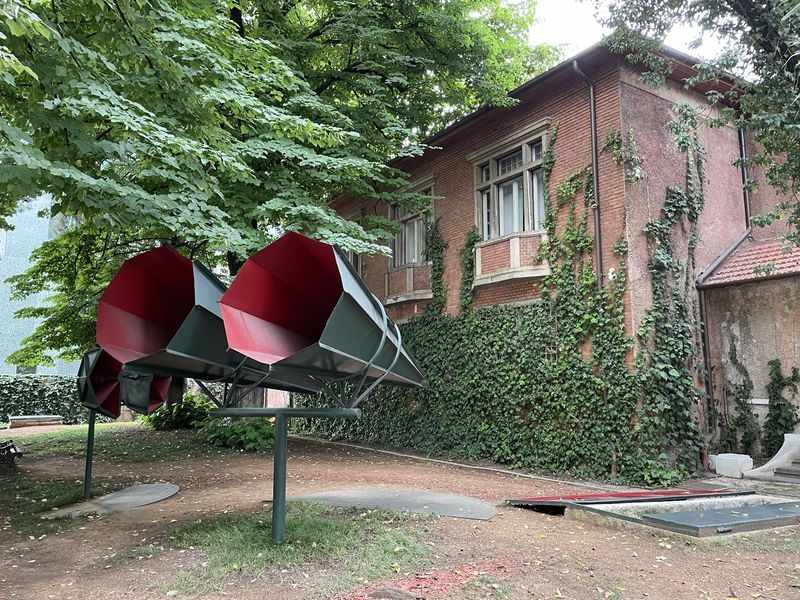
How to go
Thessaloniki is connected by air with Tirana and Tirana International Airport "Mother Teresa" through Wizzair, where with proper planning one can find tickets starting from 40€ round trip! You can also reach the city by road, since the distance is about 5.5 hours and the road is relatively good! Once you cross the Albanian border, you will not encounter tolls, and you will not need a vignette.
Where to stay
Tirana is a small capital that in recent years has made several strides in the tourism sector. However, the prices of its accommodation are relatively low compared to what they offer. My suggestion is Hotel Theatro, a relatively new hotel just a breath away from the central square of the city, which has spotless, spacious and fully equipped rooms.
How to move
Tirana is a small city, where most of its attractions are concentrated in its center, so you won't often need public transport. Of course it does not have a metro, but it is served by both public and private buses. The average ticket is around 40 lek each way, which is about 0.39 cents and you get them from the driver. Also, a very good way of getting around the city is taxis, which are quite economical and can be found everywhere.
What to eat
Albanian cuisine is a combination of many traditional recipes, rich in vegetables and quality meat. The proximity of the sea also has a great influence on Albanian cuisine and the recipes prepared in this way. Also, in the country you will taste delicious soups, rich in flavor sweets and fresh fruits. Some of the most famous dishes of the country are Speca te Mbushur me Salce Kosi (Peppers with yogurt sauce), Fërges Tirane (something between a stew and a vegetable pot), Tavë Kosi (roasted lamb with yogurt), Qifqi (rice balls with eggs, herbs, less often cheese or meat), Pispel (vegetable pie), Fliya (Albanian pan cakes), Gjel deti me përshesh (roasted turkey), Hajjaldi (spicy aubergines baked with tomatoes, peppers and garlic) and Shendetli (a liquid sponge cake soaked with syrup). To try authentic Albanian flavors, I recommend visiting Mullixhiu, for Italian flavors La Goia Tirane, for coffee or sweets Komiteti-kafe Muzeum, Milennium Garden Lounge and Sophie Caffe & Snacks, while for ice cream Cioccolatitaliani Tirana.
Useful information

In Albania we travel with a Passport or Police ID of a new type, where the information is written in Latin characters.
In Tirana the language used is, of course, Albanian. But the majority, if not all, speaks English, so ask for clarification in English.
The country's currency is the Albanian Lek (ALL) and its current exchange rate is €1 = 103.42 Lek.
Tirana is one hour behind Greece (GMT +2).
Convert your money either at the dozens of banks that exist in the city, or at the exchange offices, which list the exchange rates, since they take a very small commission.
Getting to and from Tirana airport is simple, as there are bus routes (Rinas Express) that will take you to the city center in half an hour, while taxis are also a good solution.
The Greek embassy in Tirana is located at Rruga “Skenderbej” 88 and its telephone numbers are + 3554 2274668 – 69.
Due to its geography, Albania has a variety of climate systems. With its coastline on the Adriatic and Ionian coasts of the Mediterranean Sea and the northeastern part of the country characterized by mountains and plains, the weather varies considerably from place to place. I would however suggest that you be in the city and in general the country in the summer months, to combine your visit with a trip to the rising coast of Albania.
Recommended excursions → Durres, Berat, Gjirokastrës, Sarandë
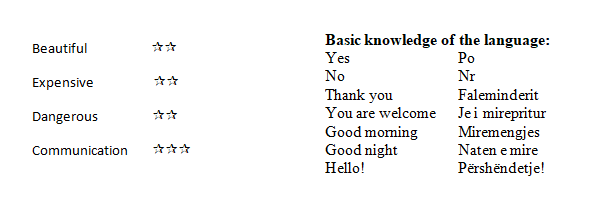
If this article seemed interesting or contributed to your quality information, then you can like my facebook page: o_thessalonikios or follow me on instagram!
Mouzakidis Pantelis





